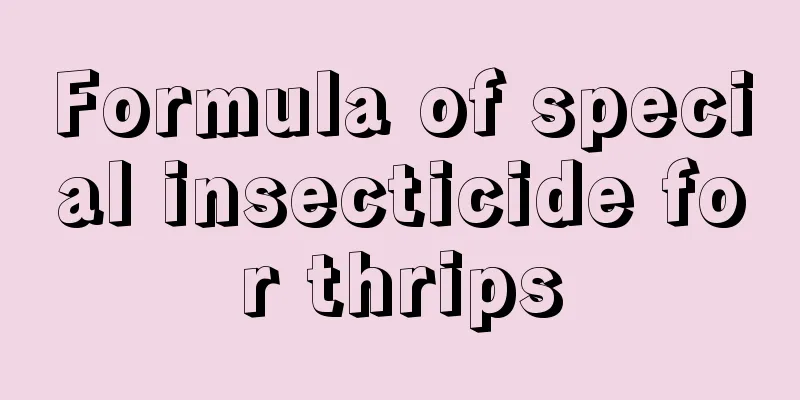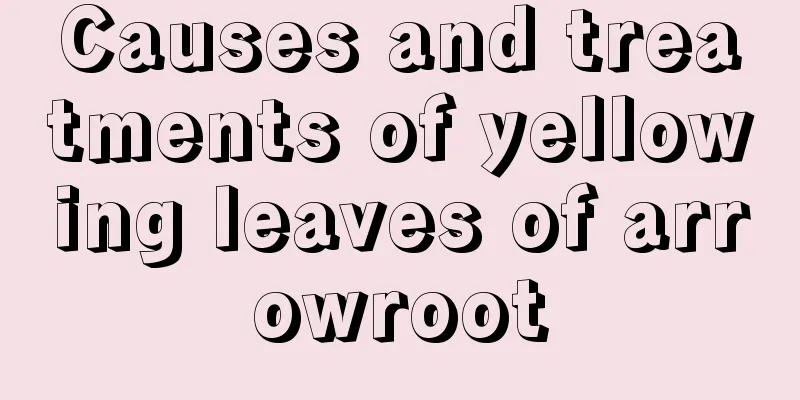Artificial cultivation of Gastrodia elata technology

|
Gastrodia elata has high nutritional value and is a very popular tonic nowadays. Gastrodia elata is a very magical plant. It has no roots or leaves and is not self-sustaining, so many people don’t know how to grow it. Here I will introduce to you all the techniques of artificial cultivation of Gastrodia elata. 1. Environmental requirements Gastrodia elata is a medicinal plant that grows under high altitude conditions. It generally grows in mountainous areas with an altitude of 800~2500m. Artificial cultivation requires creating a mountain environment that meets the growth and development needs of Gastrodia elata. Only then can artificial cultivation be successful. Gastrodia elata prefers cool, humid climatic conditions in summer, with a suitable temperature between 10 and 27 degrees Celsius. Growth will stop if the temperature is too low, while growth will be inhibited if the temperature is too high. The plant requires a relative humidity of 70% to 80%, and a rainy and humid environment is suitable for its growth. In humus soil with deep soil layer, sandy soil and fertile soil, Armillaria grows well and Gastrodia elata grows healthily with high yield and good quality. 2. Site selection The site for cultivating Gastrodia elata should be selected in an area with good drainage, loose soil and sandy soil, preferably in broad-leaved woodland , bamboo forest, burned wasteland and east and south slopes above 800m above sea level. North slopes should not be used. 3. Selection of hemp species In production, long tubers with a size of 4 to 8 cm are selected as hemp seeds. Tubers that are degenerated or become smaller year by year cannot be used as hemp seeds. The best wood species for cultivating Gastrodia elata mushroom materials are red cork oak, sharp tooth oak, maple , elm, locust and other miscellaneous woods. Other hard miscellaneous woods such as cotoneaster and mountain peach can also be used. 4. Planting method Dig a pit with a width of 150cm, a depth of 30~40cm, and a length of 200cm or longer, spread 5~10cm of fine sand on the bottom, and dig drainage trenches around the hole for later use. Put a layer of soil at the bottom of the hole, put 1~2cm thick dead branches and leaves, and put a layer of new wood on it. The new wood is 100~120cm long. Use a knife and axe to chop the mushroom stick obliquely to break the mushroom mouth, which is called "beating the flower". After the new materials are placed, you can place another layer of new materials and mushroom materials, placing them at intervals. The space should be filled with a mixture of dead branches and leaves and sand and soil. The hemp seeds should be placed close to the edge of the mushroom materials. Four hemp seeds can be attached to one mushroom material. Cover with a layer of 0.5cm dead branches and leaves, as well as a mixture of sand and soil. Place all the new materials on the top layer, and then plant Gastrodia elata. 5. Artificial pollination Gastrodia elata is insect-pollinated, while Aralia ovata is often insufficiently pollinated. Artificial pollination is the key technology in Gastrodia elata cultivation. During the 5-15 days of Gastrodia elata flowering period, pollen generally matures between 9 and 14 o'clock on the second day after flowering. The sign of pollen maturity is that the pollen block becomes soft and swollen, and the cap is slightly lifted up. Pollen can be seen on the edge of the cap. You can pinch the open flower with your left hand, and use tweezers in your right hand to reach into the flower tube and flatten the lip to facilitate pollination. When you find that the crown cap is lifted up and the pollen is loose, remove the cap and clamp the pollen on the stigma of the stamen with mucus at the bottom of the flower to complete the pollination. 6. Post-planting management After planting Gastrodia elata, it is necessary to prevent water accumulation due to rain to prevent the fungus from rotting, prevent heat and cold, provide shade in time, and prevent trampling by humans and animals and infection by miscellaneous bacteria. That’s it |
<<: How to deal with roses after repotting? Can they be exposed to the sun?
Recommend
What's wrong with the yellow leaves of the newly planted Monstera?
1. Inadaptability Reason: The newly planted Monst...
How many leaves does Clivia need to bloom? How many leaves does Clivia need to bloom?
Clivia is highly ornamental, with emerald green l...
The efficacy and function of stinking peony
The efficacy and function of stinking peony Medic...
How many years does it take for loquat to bear fruit?
Introduction to loquat planting Loquat prefers wa...
How to plant white chrysanthemum
Seed preparation tools Transparent plastic cups (...
Don’t be afraid if the leaves are withering, just a few simple tips to save your Jianlan and bring it back to life!
one. Treatment 1. The amount of water for waterin...
“Asparagus fern” doesn’t grow well? Try this "sugar water", feed one spoonful a month, and the leaves will be lush and green!
Every family has this good thing, which is brown ...
Why do we need to repot flowers every year?
1. Reasons When the plant is in the initial seedl...
When is oat harvested?
The growth of oats has relatively high requiremen...
How many days does sweet potato grow?
The growth process of sweet potato can be divided...
How to take good care of Monstera? What are the varieties of Monstera?
1. How to maintain 1. Bright light: Sunlight is a...
Fruit tree planting management guide in December
Entering December marks the beginning of the wint...
How to grow cymbidium
1. Breeding environment 1. Soil: When breeding, y...
How to preserve gourds without rotting, how to preserve freshly picked gourds
1. How to save it from rotting If you want to pre...
What to do if the leaves of the tree become soft? What are the reasons for the leaves becoming soft?
1. Increase humidity Reason: The lucky bamboo pla...









